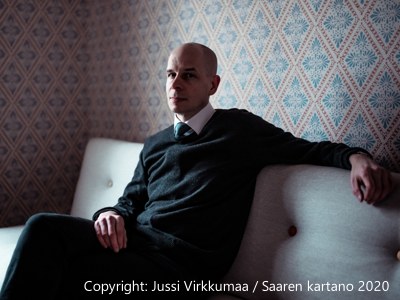Texts: Francesco Petrarca, Martin Opitz
Line-up:
Bassoon
Choir SSAATTBB (2-4 per part)
Duration: ca. 13′
Publisher: Schott Music
WP: 23./24.11.2013, Bad Ems/Koblenz, Collegium Vocale Koblenz, Nikolaus Maler (Bassoon), conductor: Manfred Faig
Commissioned by Collegium Vocale Koblenz e.V.
Introduction
Sonett is based on two fundamental compositional ideas: Firstly, solo instrument and choir should be merged to a broad extent. The choir and the solo bassoon alternate in moving into „foreground“ and „background“, thus forming a sort of “echo chamber” for each other, interchanging sound material between one another. From the horizontal lines of the bassoon part emerges a vertical/harmonic layer in the choir, while, conversely, the harmonies of the choir produce linear structures for the bassoon part. A performance in rooms with a longer reverberation, e.g. in church acoustics, is therefore particularly favorable for this piece. The second core idea came up while looking for a suitable text: On the one hand, I didn’t want to compose a setting of the text in a conventional sense, on the other hand, I was looking for a linguistic material that provides a certain structural framework for the composition (instead of a setting that makes only use of completely abstract phonemes). When I came across the baroque adaptation/translation that Martin Opitz made from Petrarca‘s famous 132nd sonnet, I decided to use the last two stanzas of these sonnets in the original and in the translation, partly alternately, partly interleaved or transitory. The way the text is dealt with corresponds to the „instrumentational” core idea: separation, recombination and fusion of elements. Only scattered lines or fragments of text emerge clearly perceptible from an almost continuous sound stream, whose material in the choir parts is however derived from both poems. These special moments mark formal sections of the piece, which consists of altogether six parts. Thus, in the background of the musical conception, a madrigal-like formal model can be adumbrated. The basic attitude of the piece is (in spite of the very well-planned structure) one of a slightly melancholy searching and sweeping, according to the self-doubts that are expressed in both versions of Petrarca’s/Opitz‘s poem.
